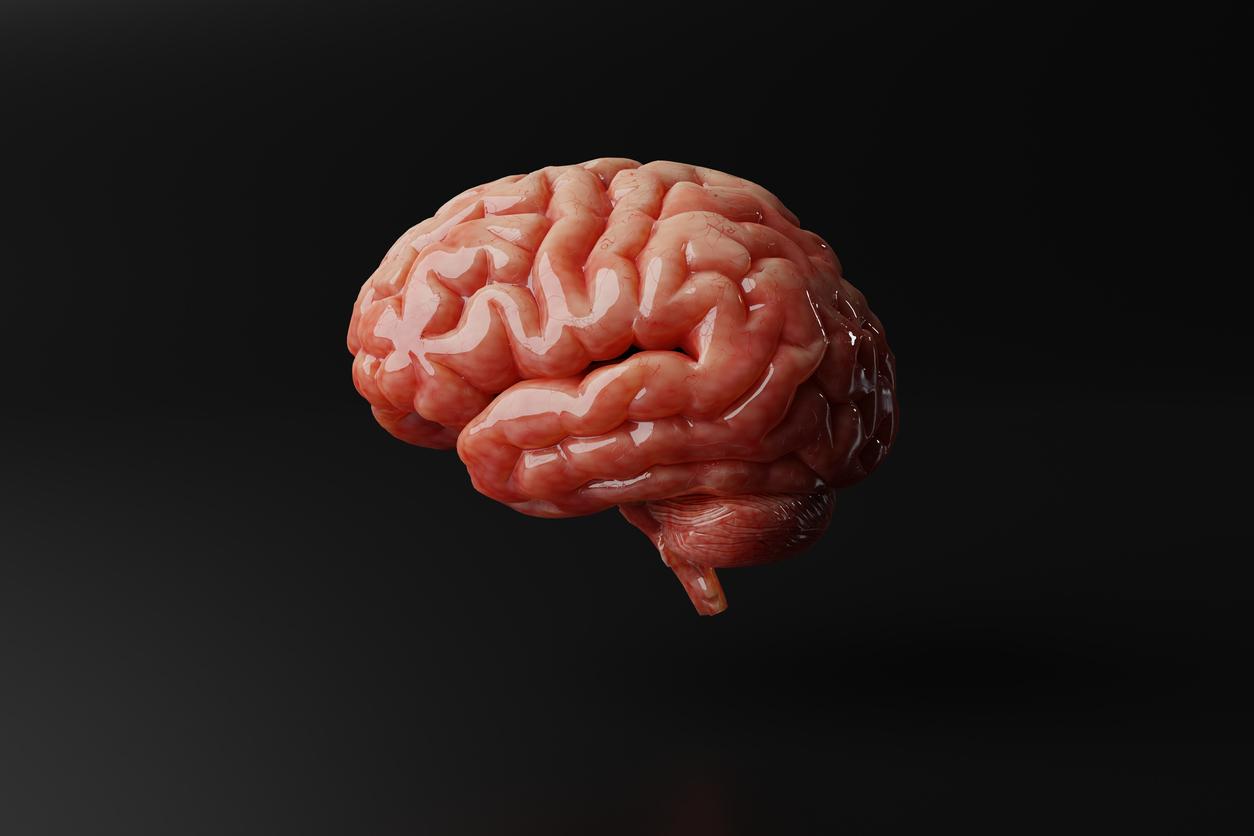A 50-year-old man, not eligible for a heart transplant, received a pig heart transplant. The operation was successful and could pave the way for future transplants of this type.

- A xenograft corresponds to the transplantation of an organ from another biological species.
- For several years, valves from pig hearts have been used in human operations.
- In France, 24,000 people are waiting for a transplant.
It was his last chance and it’s a world first. In the United States, a patient was transplanted with a genetically modified pig’s heart. “It was either die or do that transplant“, said David Bennett, on the eve of his operation. This patient, aged 57, has end-stage heart disease and could not receive a transplant “traditional“. He underwent surgery at the University of Maryland Medical Center.
A porcine heart suitable for transplantation
David Bennett was admitted to hospital more than six weeks earlier with a life-threatening arrhythmia. He was hooked up to a machine, called extracorporeal membrane oxygenation (ECMO), to stay alive. In order for him to tolerate this transplant, the doctors had to genetically modify a pig’s heart. Three genes were deleted because they are associated with graft rejection when exposed to the human immune system. At the same time, six human genes were added to pig hearts to limit the risk of rejection. Three days after the transplant, the patient was doing well: this is the first time that a genetically modified animal heart has managed to function like a human heart without immediate rejection by the body. Over the next few weeks and months, David Bennett will be closely watched.
An exceptional authorization
The Food and Drug Administration, the US health authority, granted emergency authorization for this surgery on New Year’s Eve, thanks to a provision allowing investigational medical products when they are the only option available to a patient facing serious illness or whose days are in danger. “We remain cautious, but we are also optimistic that this world-first surgery will provide an important new option for patients in the future.”believes Bartley P. Griffith, the surgeon who performed this transplant, in a communicated.
A solution for the thousands of people on the waiting list?
In the United States, more than 100,000 people are waiting for a transplant, and every day 17 people die without being able to receive the precious organ. This new type of operation could help reduce the waiting list. “This is a breakthrough surgery that brings us one step closer to solving the organ shortage crisis, believes Bartley P. Griffith. There simply aren’t enough donor human hearts available to meet the long list of potential recipients.This is not the first time this type of transplant has been performed: last October, a transplant with a pig kidney worked. In 1984, Stephanie Fae Beauclair was the first child to undergo an organ transplant. , from an animal. Suffering from heart disease, she had received the heart of a monkey, and was able to survive a few weeks after the operation.
.
















